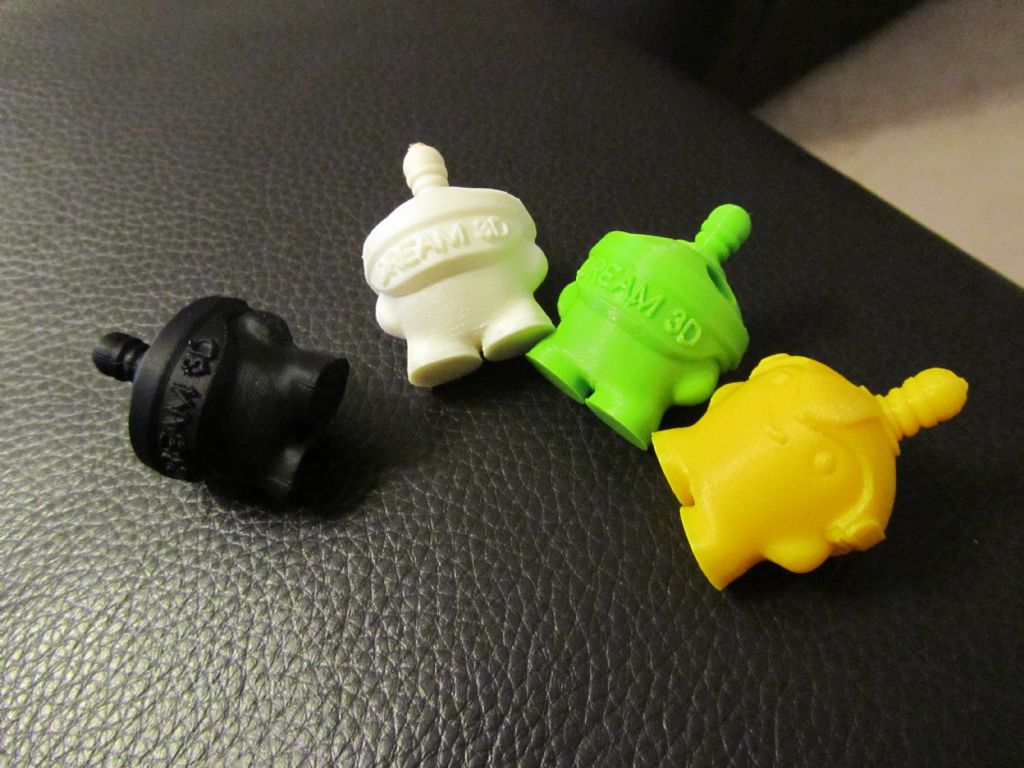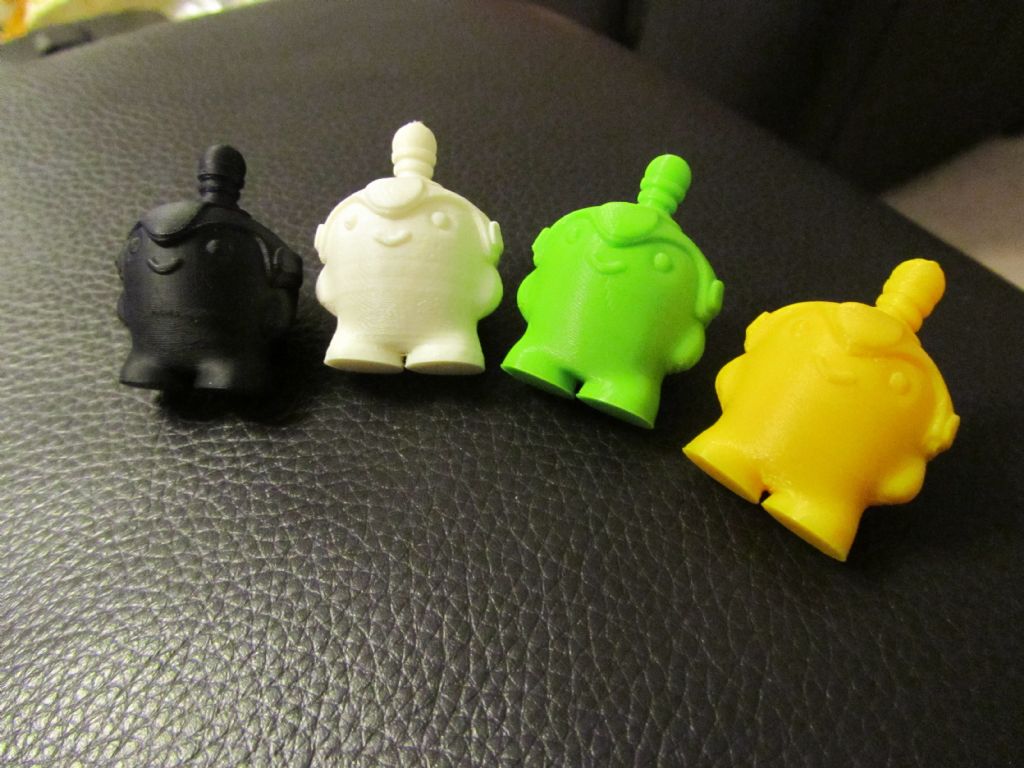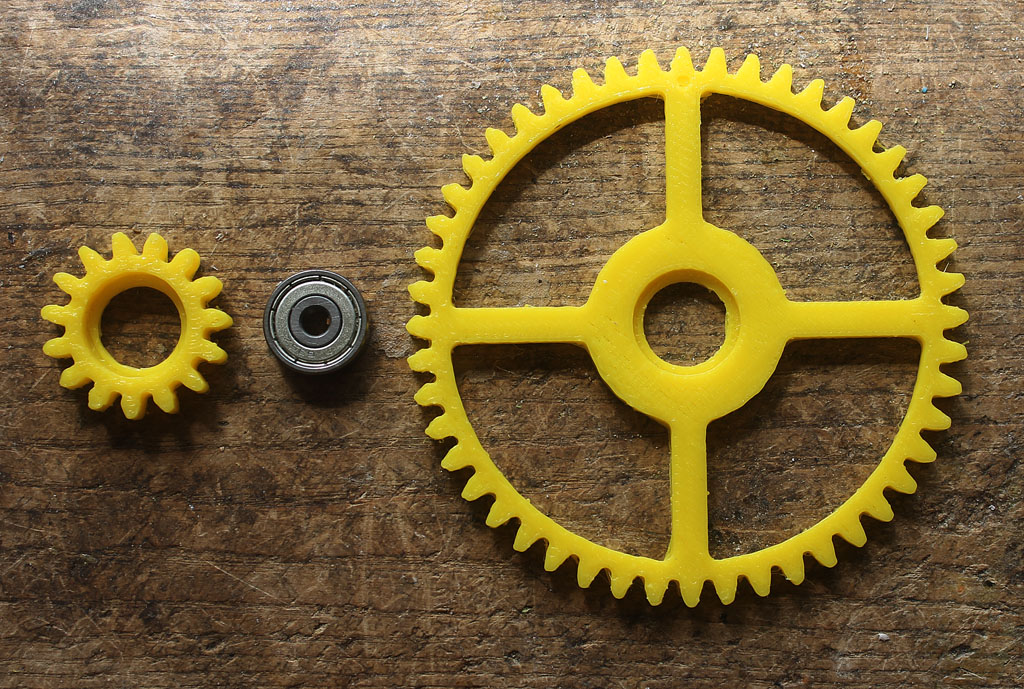I used glue stick on the Ultimaker 2, presumably because this was what they recommend. For a laugh I tried once without it and had great difficulty removing the work afterwards.
I later covered the bed with Kapton film (and glue stick) which was a recommendation I picked up from somewhere. I think it helped a bit but of course it's very prone to knicking and tearing – and it's not cheap.
I had a summer student for a while who was happy to mess about with the UM. He went on to buy a Shapeoko. It's not a dual printer / router (although those do exist) but the technology is very similar – Arduino-based and essentially 2D. You might argue that 3D printers are actually 2.5D or less, as the table only moves in small slices in one direction.
ABS was pretty tricky. We experimented with sealing off the enclosure to help the plastic to cool more slowly in a vain attempt to avoid it peeling off the (heated) plate. That wasn't very successful TBH. Also made a new heater block to try to reduce the tendency to overheat and block up. Not very successful either!
Another thing to consider is the firmware. We looked at Marlin as a means of having more options for controlling the myriad parameters, as the UM firmware was proprietary and a little limited in places. Although it's true that Marlin gives you more freedom to fiddle with parameters, the problem is that you are liable to spend weeks of your life fiddling about and never getting anything done.
In the end the impression I got was that when you start trying to go beyond what is already tried and tested you soon end up in the long grass and these machines aren't really terribly robust to start with. Not a great criticism but you need to temper your expectations, even if you decide to design your own.
Murray
Anonymous.












